A Pattern Recognition Method for Filter Bags in Bag Dust Collectors Based on Φ-Optical Time-Domain Reflectometry
Abstract
1. Introduction
2. Experimental Setup, Principle, and Signal Acquisition
3. Signal Feature Analysis and Recognition
3.1. Signal Feature Analysis
3.2. Filter Bag Recognition
3.3. Damaged Filter Bag Localization and Alarm Method
4. Discussion
5. Conclusions
Author Contributions
Funding
Institutional Review Board Statement
Informed Consent Statement
Data Availability Statement
Acknowledgments
Conflicts of Interest
References
- Zhang, M.; Li, Y.; Chen, J.; Song, Y.; Zhang, J.; Wang, M. Event detection method comparison for distributed acoustic sensors using φ-OTDR. Opt. Fiber Technol. 2019, 52, 101980–101986. [Google Scholar] [CrossRef]
- Li, Z.; Zhang, J.; Wang, M.; Chai, J.; Wu, Y.; Peng, F. An anti-noise ϕ-OTDR based distributed acoustic sensing system for high-speed railway intrusion detection. Laser Phys. 2020, 30, 085103–085110. [Google Scholar] [CrossRef]
- Marie, T.F.B.; Bin, Y.; Dezhi, H.; Bowen, A. Principle and Application State of Fully Distributed Fiber Optic Vibration Detection Technology Based on Φ-OTDR: A Review. IEEE Sens. J. 2021, 21, 16428–16442. [Google Scholar] [CrossRef]
- Wang, Z.; Lu, B.; Ye, Q.; Cai, H. Recent progress in distributed fiber acoustic sensing with Φ-OTDR. Sensors 2020, 20, 6594. [Google Scholar] [CrossRef] [PubMed]
- Zhu, H.; Pan, C.; Sun, X. Vibration pattern recognition and classification in OTDR based distributed optical-fiber vibration sensing system. In Proceedings of the SPIE, San Diego, CA, USA, 9–13 March 2014; Volume 9062, p. 906205. [Google Scholar] [CrossRef]
- Zhang, Y.; Lou, S.; Liang, S.; Wang, P. Study of pattern recognition based on multi-characteristic parameters for Φ-OTDR distributed optical fiber sensing system. Chin. J. Lasers 2015, 42, 1105005–1105013. [Google Scholar] [CrossRef]
- Xu, W.; Yu, F.; Liu, S.; Xiao, D.; Hu, J.; Zhao, F.; Lin, W.; Wang, G.; Shen, X.; Wang, W.; et al. Real-Time Multi-Class Disturbance Detection for Φ-OTDR Based on YOLO Algorithm. Sensors 2022, 22, 1994. [Google Scholar] [CrossRef]
- Yang, N.; Zhao, Y.; Chen, J.; Wang, F. Real-time classification for Φ-OTDR vibration events in the case of small sample size datasets. Opt. Fiber Technol. 2023, 76, 103217–103228. [Google Scholar] [CrossRef]
- Wu, H.; Liu, X.; Xiao, Y.; Rao, Y.-J. A Dynamic Time Sequence Recognition and Knowledge Mining Method Based on the Hidden Markov Models (HMMs) for Pipeline Safety Monitoring with Φ-OTDR. J. Light. Technol. 2019, 37, 4991–5000. [Google Scholar] [CrossRef]
- Stajanca, P.; Chruscicki, S.; Homann, T.; Seifert, S.; Schmidt, D.; Habib, A. Detection of Leak-Induced Pipeline Vibrations Using Fiber-Optic Distributed Acoustic Sensing. Sensors 2018, 18, 2841. [Google Scholar] [CrossRef]
- Tejedor, J.; Macias-Guarasa, J.; Martins, H.F.; Piote, D.; Pastor-Graells, J.; Martin-Lopez, S.; Corredera, P.; Gonzalez-Herraez, M. A Novel Fiber Optic Based Surveillance System for Prevention of Pipeline Integrity Threats. Sensors 2017, 17, 355. [Google Scholar] [CrossRef]
- Peng, F.; Duan, N.; Rao, Y.-J.; Li, J. Real-Time Position and Speed Monitoring of Trains Using Phase-Sensitive OTDR. IEEE Photonics Technol. Lett. 2014, 26, 2055–2057. [Google Scholar] [CrossRef]
- Wang, Z.; Zheng, H.; Li, L.; Liang, J.; Wang, X.; Lu, B.; Ye, Q.; Qu, R.; Cai, H. Practical multi-class event classification approach for distributed vibration sensing using deep dual-path network. Opt. Express 2019, 27, 23682–23692. [Google Scholar] [CrossRef]
- Milne, D.; Masoudi, A.; Ferro, E.; Watson, G.; Le Pen, L. An analysis of railway track behavior based on distributed optical fiber acoustic sensing. Mech. Syst. Signal Process. 2020, 142, 106769–106790. [Google Scholar] [CrossRef]
- Yang, N.; Zhao, Y.; Chen, J. Real-Time Φ-OTDR Vibration Event Recognition Based on Image Target Detection. Sensors 2022, 22, 1127. [Google Scholar] [CrossRef]
- Xie, Y.; Wang, M.; Zhong, Y.; Deng, L.; Zhang, J. Label-Free Anomaly Detection Using Distributed Optical Fiber Acoustic Sensing. Sensors 2023, 23, 4094. [Google Scholar] [CrossRef] [PubMed]
- Fernández-Ruiz, M.R.; Soto, M.A.; Williams, E.F.; Martin-Lopez, S.; Zhan, Z.; Gonzalez-Herraez, M.; Martins, H.F. Distributed acoustic sensing for seismic activity monitoring. APL Photonics 2020, 5, 030901–030917. [Google Scholar] [CrossRef]
- Daley, T.; Miller, D.; Dodds, K.; Cook, P.; Freifeld, B. Field testing of modular borehole monitoring with simultaneous distributed acoustic sensing and geophone vertical seismic profiles at Citronelle, Alabama. Geophys. Prospect. 2016, 64, 1318–1334. [Google Scholar] [CrossRef]
- Byerley, G.; Monk, D.; Aaron, P.; Yates, M. Time-lapse seismic monitoring of individual hydraulic frac stages using a downhole DAS array. Lead. Edge 2018, 37, 802–810. [Google Scholar] [CrossRef]
- Hubbard, P.G.; Xu, J.; Zhang, S.; Dejong, M.; Luo, L.; Soga, K.; Papa, C.; Zulberti, C.; Malara, D.; Fugazzotto, F.; et al. Dynamic structural health monitoring of a model wind turbine tower using distributed acoustic sensing (DAS). J. Civil. Struct. Health Monit. 2021, 11, 833–849. [Google Scholar] [CrossRef]
- Zahoor, R.; Cerri, E.; Vallifuoco, R.; Zeni, L.; De Luca, A.; Caputo, F.; Minardo, A. Lamb Wave Detection for Structural Health Monitoring Using a ϕ-OTDR System. Sensors 2022, 22, 5962. [Google Scholar] [CrossRef] [PubMed]
- Zahoor, R.; Catalano, E.; Vallifuoco, R.; Zeni, L.; Minardo, A. Automated Damage Detection Using Lamb Wave-Based Phase-Sensitive OTDR and Support Vector Machines. Sensors 2023, 23, 1099. [Google Scholar] [CrossRef] [PubMed]
- Gao, G.; Li, J.; Liu, X.; Shi, B.; Tang, Y.; Pang, T.; Zheng, Q.; Sun, L.; Dong, F. Bag Filter Leak Detection and Location Based on Phase-Sensitive Optical Time Domain Reflectometry. ACTA Opt. Sin. 2018, 38, 0706001–0706009. [Google Scholar] [CrossRef]
- Li, J.; Lu, X.; Wang, W. Leak monitoring and localization in baghouse filtration system using a distributed optical fiber dynamic air pressure sensor. Opt. Fiber Technol. 2020, 57, 102218–102229. [Google Scholar] [CrossRef]
- Liu, X.; Li, J.; Shi, B.; Ding, G.; Dong, F.; Zhang, Z. Intelligent detection technology for leakage bag of baghouse based on distributed optical fiber sensor. Opt. Fiber Technol. 2019, 52, 101947–101955. [Google Scholar] [CrossRef]
- Mukhopadhyay, A.; Mahawar, G. Effect of leaks on performance of a fabric filter in pulse jet cleaning assisted filtration system. Indian J. Fibre Text. Res. (IJFTR) 2020, 45, 326–331. [Google Scholar] [CrossRef]
- Zhou, R.; Shen, H.; Zhao, M. Simulation studies on protector of pulse-jet cleaning filter bag. Energy Procedia 2012, 16, 426–431. [Google Scholar] [CrossRef][Green Version]
- Wang, H.; Xiang, P.; Jiang, L. Strain transfer theory of industrialized optical fiber-based sensors in civil engineering: A review on measurement accuracy, design and calibration. Sens. Actuators A Phys. 2019, 285, 414–426. [Google Scholar] [CrossRef]
- Wang, H.; Jiang, L.; Xiang, P. Improving the durability of the optical fiber sensor based on strain transfer analysis. Opt. Fiber Technol. 2018, 42, 97–104. [Google Scholar] [CrossRef]
- Wang, H.; Jiang, L.; Xiang, P. Priority design parameters of industrialized optical fiber sensors in civil engineering. Opt. Laser Technol. 2018, 100, 119–128. [Google Scholar] [CrossRef]
- Huang, N.E.; Shen, Z.; Long, S.R.; Wu, M.C.; Shih, H.H.; Zheng, Q.; Yen, N.-C.; Tung, C.C.; Liu, H.H. The empirical mode decomposition and Hilbert spectrum for non-linear and non-stationary time series analysis. Proc. R. Soc. A 1998, 454, 903–995. [Google Scholar] [CrossRef]
- Rehman, N.U.; Mandic, D.P. Empirical Mode Decomposition for Trivariate Signals. IEEE Trans. Signal Process. 2010, 58, 1059–1068. [Google Scholar] [CrossRef]
- Huang, J.; Hu, X.; Geng, X. An intelligent fault diagnosis method of high voltage circuit breaker based on improved EMD energy entropy and multi-class support vector machine. Electr. Power Syst. Res. 2011, 81, 400–407. [Google Scholar] [CrossRef]
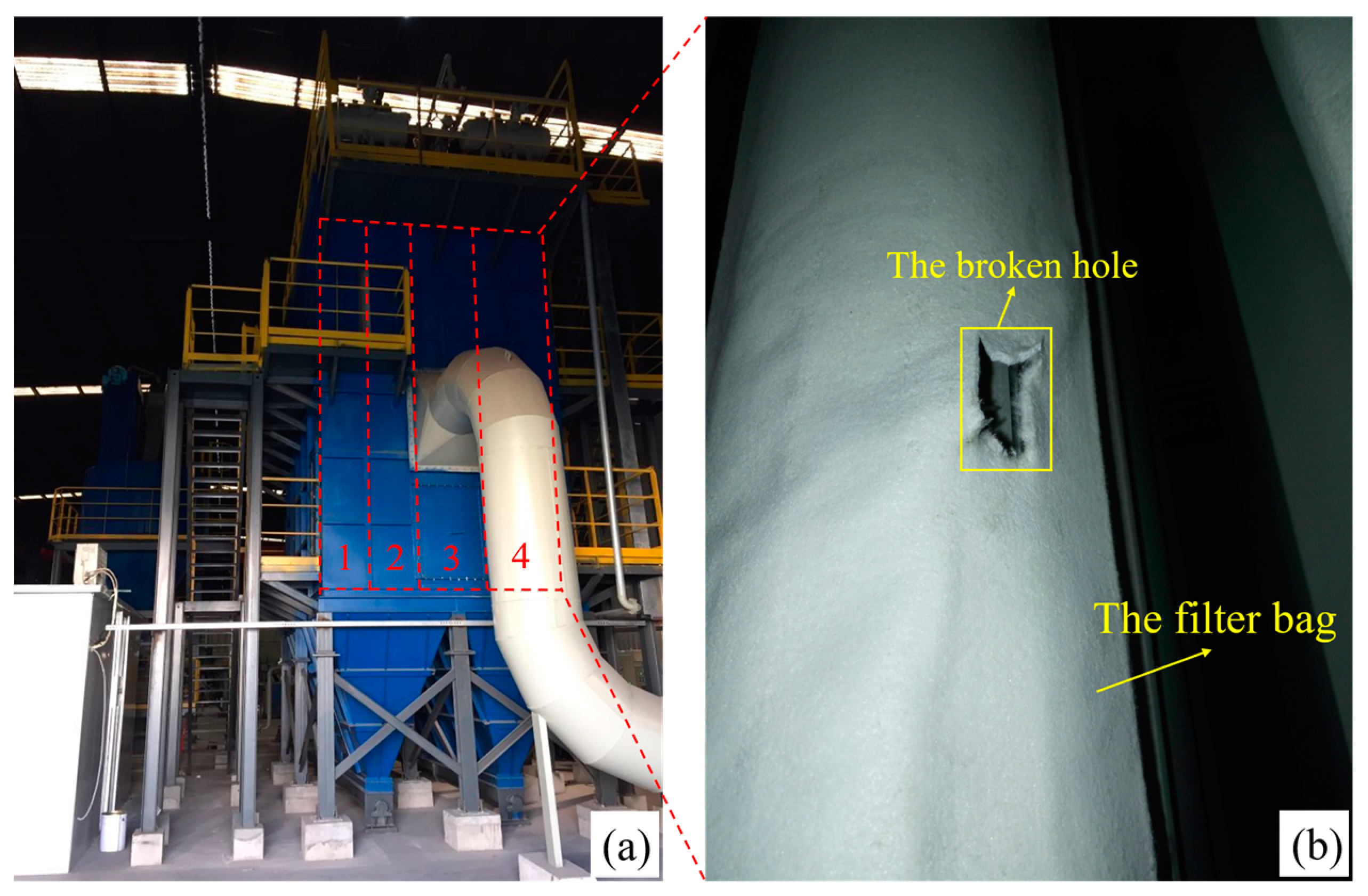
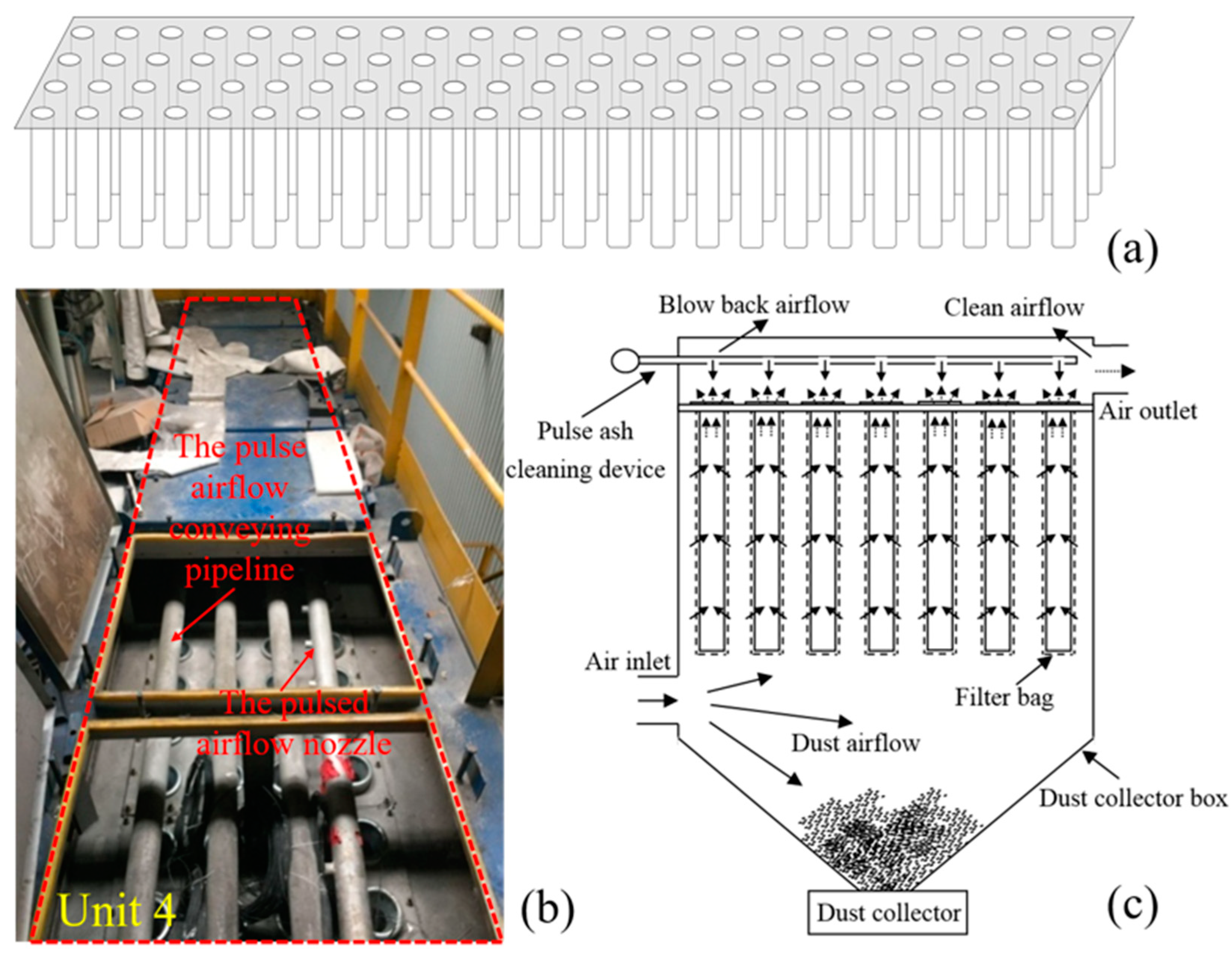
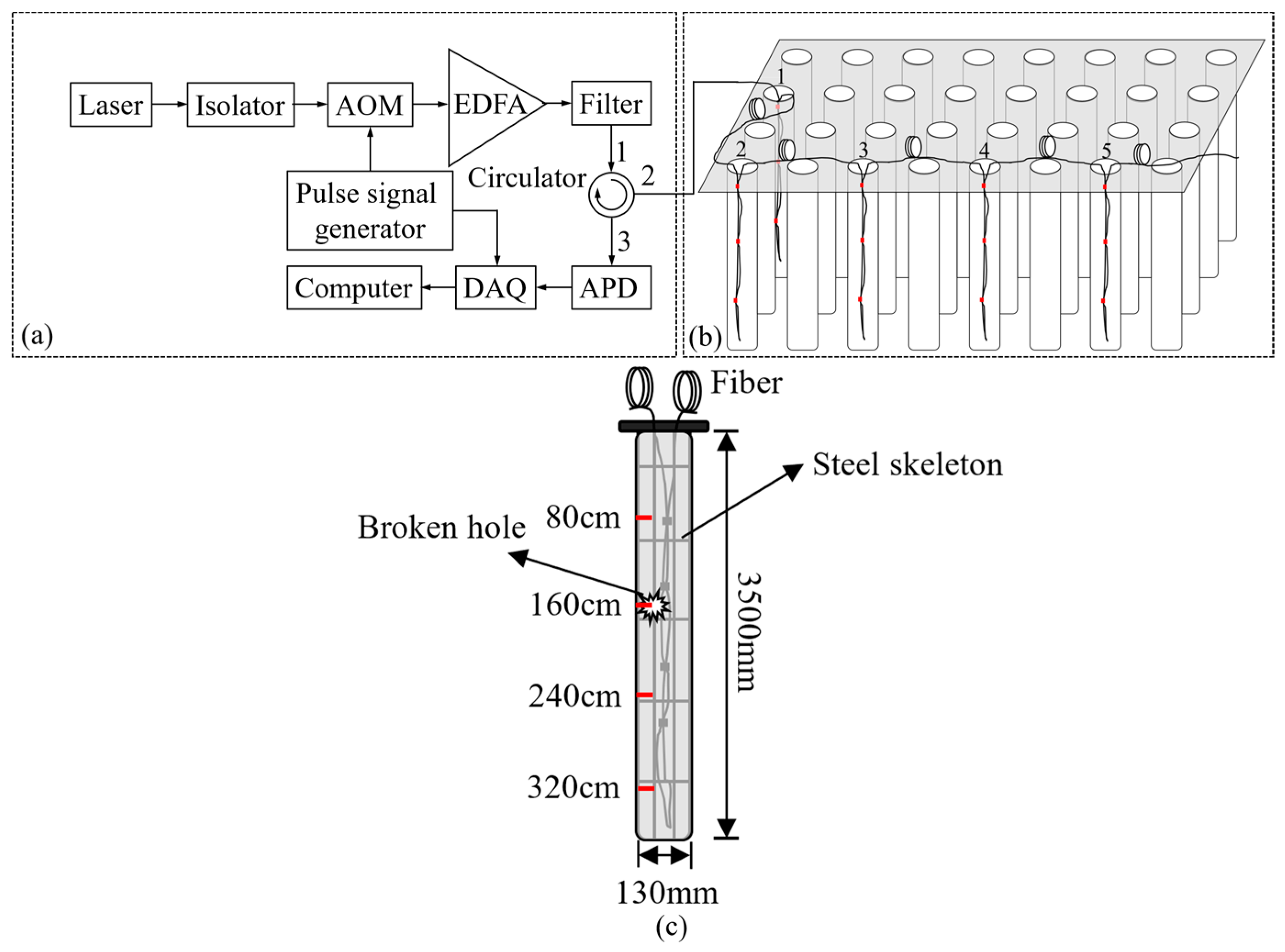
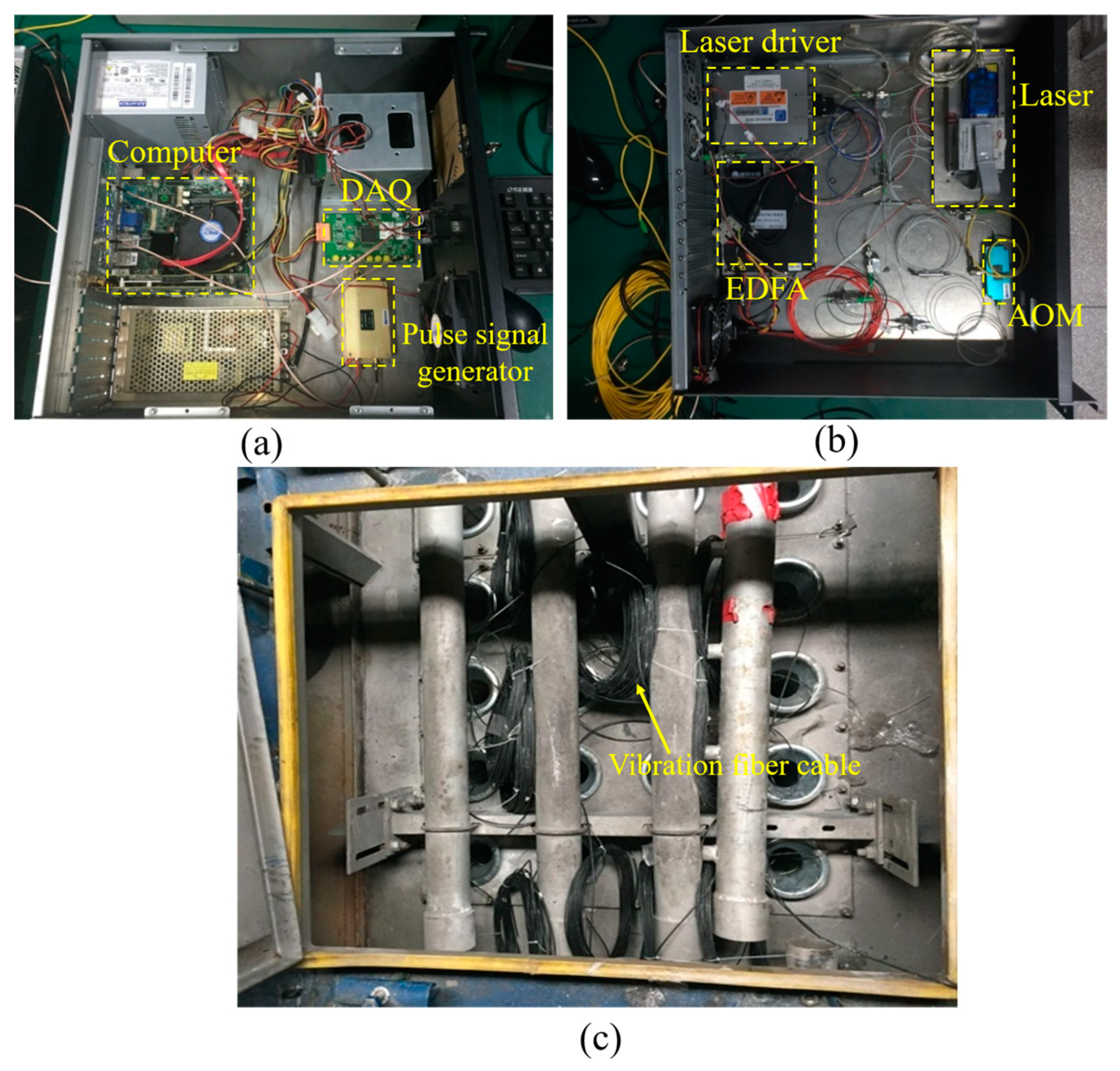


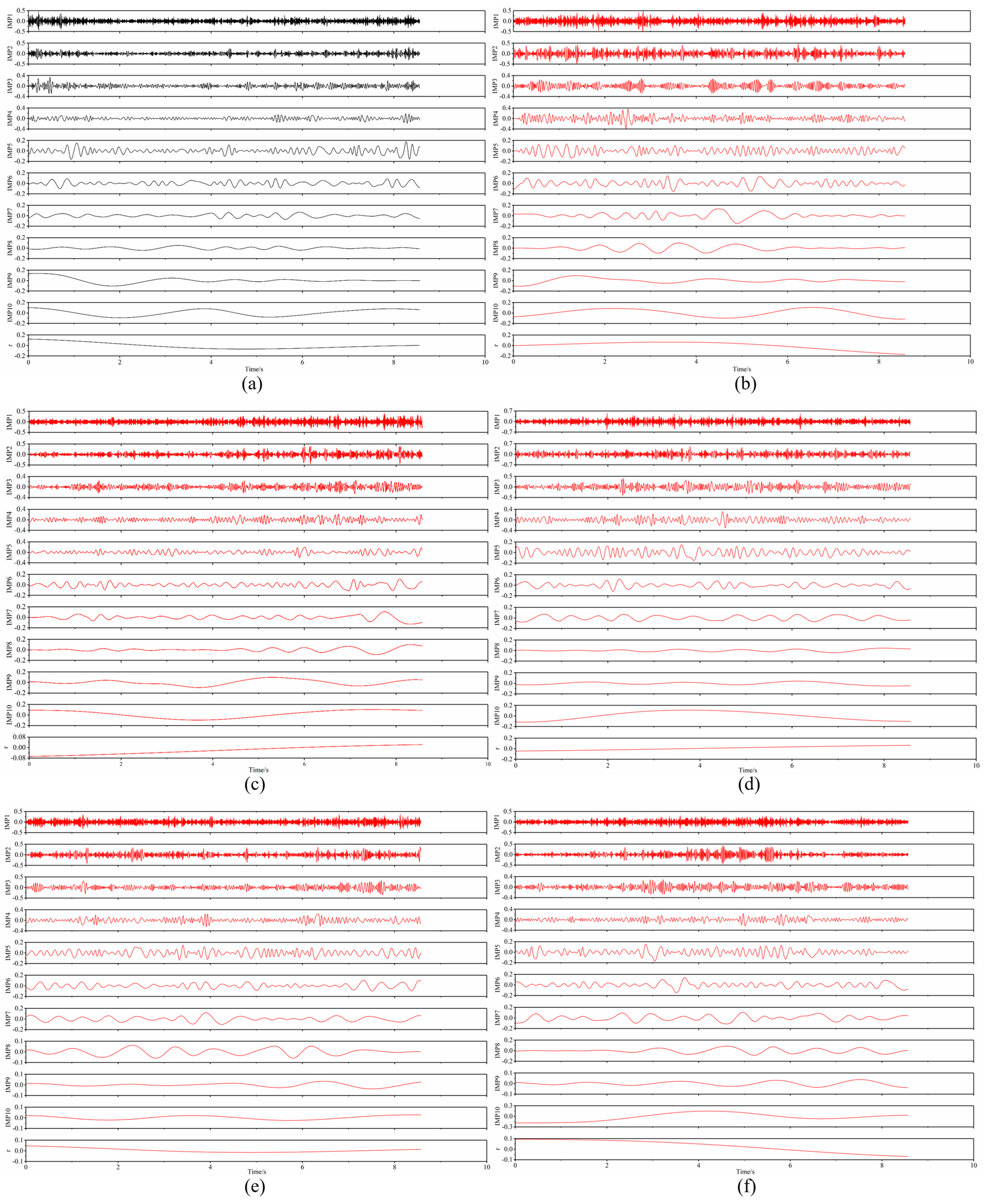



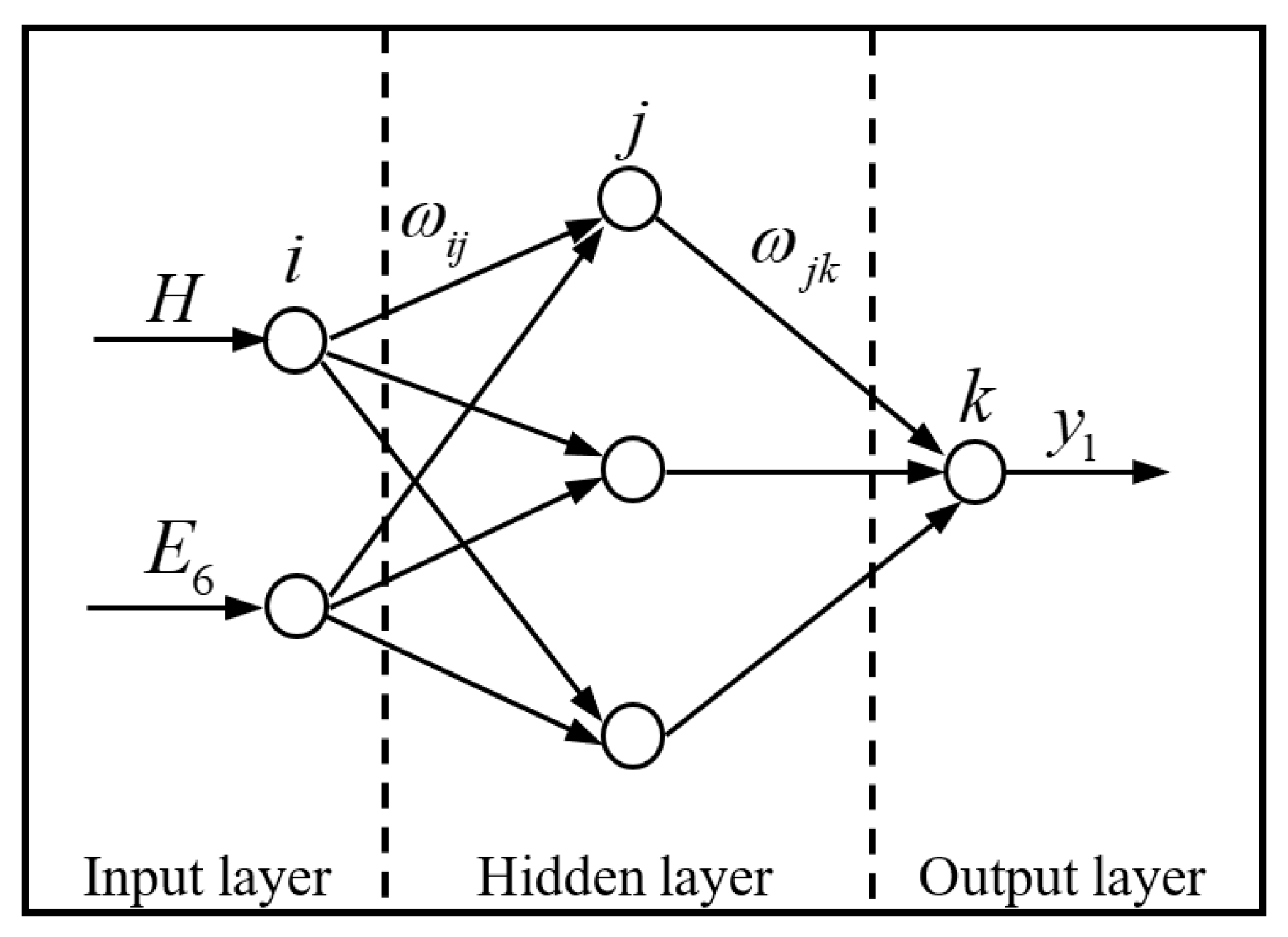


| Filter Bag | 2 cm × 8 cm | 2 cm × 10 cm | 2 cm × 12 cm | 1 cm × 10 cm | 3 cm × 10 cm | |||||
|---|---|---|---|---|---|---|---|---|---|---|
| Recognition rate | SVM | BP | SVM | BP | SVM | BP | SVM | BP | SVM | BP |
| 87.5% | 93.5% | 88% | 94% | 89.5% | 94.5% | 80% | 94.5% | 82.5% | 93.5% | |
| 88.5% | 91% | 82% | 93.5% | 90.5% | 96.5% | 86% | 94.5% | 89.5% | 96% | |
| 85% | 90% | 88.5% | 95.5% | 89% | 97.5% | 90% | 95% | 83% | 93.5% | |
| 83.5% | 94% | 83% | 94% | 91.5% | 98.5% | 87.5% | 94% | 87% | 95.5% | |
| 89.5% | 91.5% | 86.5% | 91.5% | 87.5% | 94.5% | 84% | 94.5% | 90% | 95% | |
| 81.5% | 95% | 89% | 95.5% | 87.5% | 98% | 91% | 92% | 86% | 95.5% | |
| 83% | 91.5% | 87% | 93.5% | 90% | 96.5% | 86% | 92% | 81.5% | 95.5% | |
| 82.5% | 91.5% | 81.5% | 94% | 90.5% | 95% | 83.5% | 94.5% | 84.5% | 92% | |
| 89% | 91% | 88.5% | 96.5% | 91% | 97.5% | 91.5% | 94% | 90.5% | 95% | |
| 81% | 92.5% | 87% | 95.5% | 86% | 94% | 87% | 94% | 89.5% | 96% | |
| Average recognition rate | 85.1% | 92.2% | 86.1% | 94.4% | 89.3% | 96.3% | 86.7% | 93.9% | 86.4% | 94.8% |
| Filter Bag | 80 cm | 160 cm | 240 cm | 320 cm | ||||
|---|---|---|---|---|---|---|---|---|
| Recognition rate | SVM | BP | SVM | BP | SVM | BP | SVM | BP |
| 86.5% | 93.5% | 88% | 94% | 86.5% | 96.5% | 91.5% | 99% | |
| 86.5% | 91.5% | 82% | 93.5% | 88% | 96% | 91% | 99% | |
| 87.5% | 91.5% | 88.5% | 95.5% | 90% | 96% | 90.5% | 95.5% | |
| 90% | 93.5% | 83% | 94% | 92% | 96% | 90.5% | 98.5% | |
| 91.5% | 92% | 86.5% | 91.5% | 90% | 93% | 92.5% | 97.5% | |
| 85.5% | 92.5% | 89% | 95.5% | 86.5% | 94.5% | 90.5% | 98% | |
| 86.5% | 94% | 87% | 93.5% | 91.5% | 96.5% | 90% | 99% | |
| 82.5% | 92.5% | 81.5% | 94% | 86.5% | 95% | 93% | 97% | |
| 87.5% | 92% | 88.5% | 96.5% | 87.5% | 96% | 89.5% | 92% | |
| 84.5% | 92.5% | 87% | 95.5% | 94% | 97.5% | 88.5% | 97.5% | |
| Average recognition rate | 86.9% | 92.6% | 86.1% | 94.4% | 89.3% | 95.7% | 90.8% | 97.3% |
| Mixed Filter Bag | I | II | III | IV | ||||
|---|---|---|---|---|---|---|---|---|
| Recognition rate | SVM | BP | SVM | BP | SVM | BP | SVM | BP |
| 90.1% | 92.6% | 83% | 95.8% | 92.5% | 92.3% | 90.4% | 95.3% | |
| 86.9% | 95.4% | 87% | 96.4% | 87.2% | 92.5% | 90.8% | 96% | |
| 90.9% | 94.2% | 88% | 96.8% | 88.3% | 95.8% | 89.2% | 96.3% | |
| 89% | 92.6% | 89.4% | 96.8% | 90.5% | 92.8% | 89% | 94% | |
| 89.4% | 95.8% | 89.8% | 97.6% | 91.1% | 94.5% | 90.4% | 95.6% | |
| 90.4% | 91.8% | 87.1% | 96.4% | 90.4% | 95.4% | 88.9% | 96.5% | |
| 90.9% | 93% | 84.8% | 93.6% | 90% | 95.5% | 87.3% | 95.5% | |
| 88.5% | 92.4% | 84.4% | 95.8% | 89.3% | 96.2% | 88.6% | 96.3% | |
| 87.9% | 91.8% | 89.1% | 93.2% | 88.1% | 94.9% | 89.5% | 95.6% | |
| 87% | 93% | 87.9% | 96.8% | 88.5% | 96.6% | 88.5% | 97.3% | |
| Average recognition rate | 89.1% | 93.3% | 87.1% | 95.9% | 89.6% | 94.7% | 89.3% | 95.8% |
Disclaimer/Publisher’s Note: The statements, opinions and data contained in all publications are solely those of the individual author(s) and contributor(s) and not of MDPI and/or the editor(s). MDPI and/or the editor(s) disclaim responsibility for any injury to people or property resulting from any ideas, methods, instructions or products referred to in the content. |
© 2024 by the authors. Licensee MDPI, Basel, Switzerland. This article is an open access article distributed under the terms and conditions of the Creative Commons Attribution (CC BY) license (https://creativecommons.org/licenses/by/4.0/).
Share and Cite
Liu, X.; Tang, Y.; Zhang, Z.; Yang, S.; Hu, Z.; Xu, Y. A Pattern Recognition Method for Filter Bags in Bag Dust Collectors Based on Φ-Optical Time-Domain Reflectometry. Photonics 2024, 11, 152. https://doi.org/10.3390/photonics11020152
Liu X, Tang Y, Zhang Z, Yang S, Hu Z, Xu Y. A Pattern Recognition Method for Filter Bags in Bag Dust Collectors Based on Φ-Optical Time-Domain Reflectometry. Photonics. 2024; 11(2):152. https://doi.org/10.3390/photonics11020152
Chicago/Turabian StyleLiu, Xu’an, Yuquan Tang, Zhirong Zhang, Shuang Yang, Zhouchang Hu, and Yuan Xu. 2024. "A Pattern Recognition Method for Filter Bags in Bag Dust Collectors Based on Φ-Optical Time-Domain Reflectometry" Photonics 11, no. 2: 152. https://doi.org/10.3390/photonics11020152
APA StyleLiu, X., Tang, Y., Zhang, Z., Yang, S., Hu, Z., & Xu, Y. (2024). A Pattern Recognition Method for Filter Bags in Bag Dust Collectors Based on Φ-Optical Time-Domain Reflectometry. Photonics, 11(2), 152. https://doi.org/10.3390/photonics11020152






